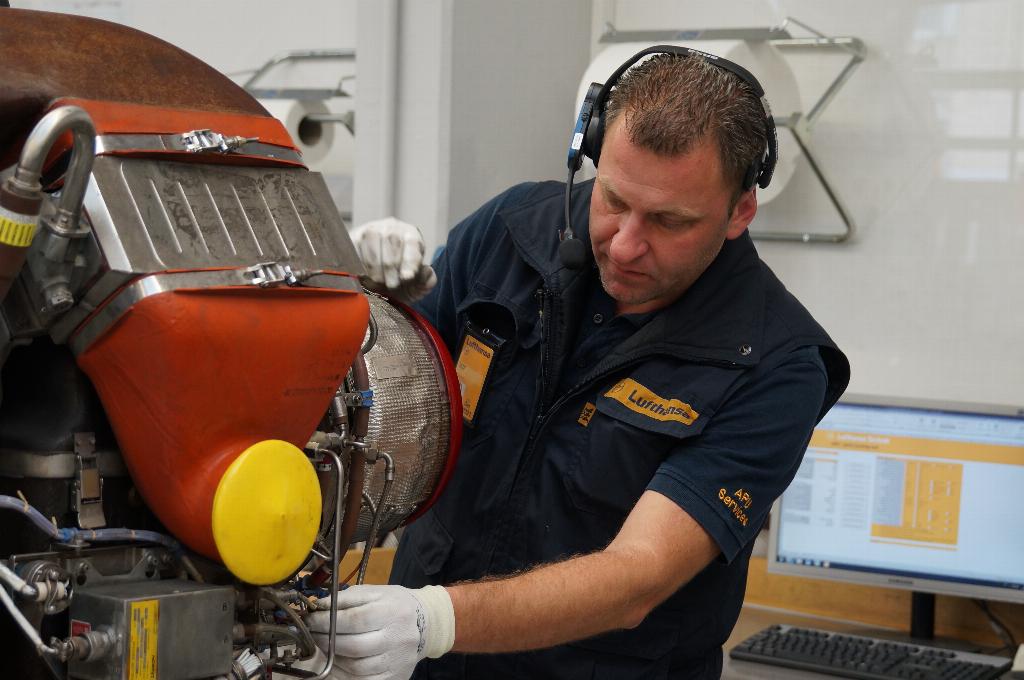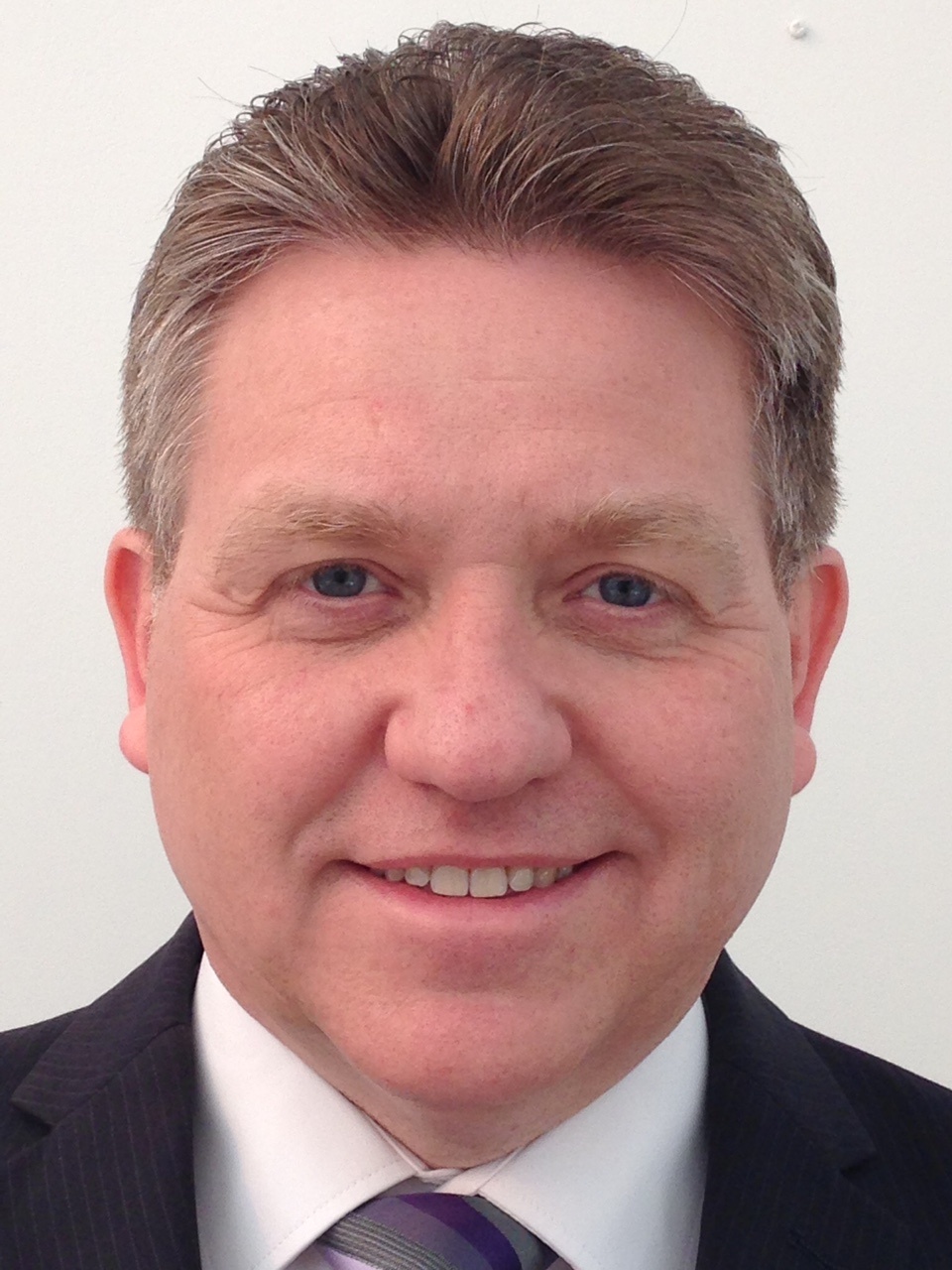It’s good to talk

Who said that? As one of the leaders in voice-enabling platforms, Mike Richardson hears about Honeywell’s Vocollect Voice solutions for aerospace for MRO operations, warehouses and maintenance and inspection departments.
Whilst people talk to each other every day, we’re increasingly becoming more accustomed to conversing with machines as well. Voice activation via smart phones has now become the norm, so it makes sense we should harness the power of voice technology to converse with machines in the workplace too.
Okay, okay, perhaps not quite to the extent of the HAL 9000 computer in the seminal 2001: A Space Odyssey film, but with Industry 4.0 and Smart Factory philosophies increasingly being talked up, the opportunities for dialogue in a hands-free, fixed environment seem like a natural fit for Honeywell’s Vocollect voice.
Vocollect, part of Honeywell’s automation & control solutions platform claims to be the first ergonomic solution that optimises voice and scanning in a single mobile device. The company plays a huge role in maintenance and inspection and understands that these busy areas have defined processes and steps that engineers have to go through - whether they are inputting it or capturing output data.
“Our initial focus for maintenance and inspection in utilising the Vocollect solution centres within aviation maintenance, but the opportunities are far-reaching,” states Honeywell’s Vocollect business development manager, John Bradshaw. “For example, within aviation MRO facilities as well as line maintenance and other forms of engineering tasks, we can transform traditional paper checklists into voice commands that interact with both the engineer and host system.”
Goodness by the bucket
Bradshaw says Honeywell’s proposition comprises three ‘buckets of goodness’: process, ergonomics and information & compliance.

“For ‘process’, voice recognition allows you to optimise workflow processes, enabling the user to standardise workflows as well as capture information in the most efficient way possible. We’ve shown that Vocollect can optimise productivity gains as well as improve accuracy of real-time data input.
“The second ‘bucket’ covers ergonomics. We’ve developed a wearable Bluetooth/Wi-Fi enabled headset and Talkman device solution; we’ve the ability to capture barcoding and low resolution images through this device too. We’ve several different types of headset available, including hard hat or earmuff versions that employ noise cancellation software algorithms. It can be used in noisy environments without any user issues or degradation to the system.
“The third ‘bucket’ covers information and compliance. Acquiring data and information is vital in driving real-time behaviours and improving business decisions. Another key point is the capture of data and the ability to use it from a compliance perspective. If there are problems upstream, the user can delve back and discover who and what was said and how the engineer inspected the equipment. We’ve seen a huge appetite and desire to capture that information from cradle through to grave.”
Today, Honeywell has nearly one million Vocollect voice users in distribution centres and logistics centres and retail. Collectively, its customers enjoy annual cost savings of around $20 billion. Bradshaw says this is growing year on year, so huge amounts of savings in terms of cost can be gained by utilising voice recognition.
“We’re installed in 60 different countries, with 35 different types of languages and we have a global team that acts like a community in building and collaboratively knowledge sharing information and know-how.
“Voice recognition offers increased productivity. The user can streamline processes and capture information, typically in the region of about 30-35%. It also offers a reduction of errors. When an engineer is taking information from the piece of equipment they are inspecting directly through voice, we’ve seen typically a 25% reduction in maintenance and inspection in aerospace, and then also a reduction in safety instances too, which can be as much as 20%.”
Bradshaw notes that a common question he’s asked by aerospace customers is whether voice and the Vocollect solution are a really a good fit.

“The short answer is yes. We often see repetitive production processes time and again. We know that structured data is certainly used within our industry and whether this is via inputs or outputs - wherever there is structured data voice is absolutely ideal. Hands-free and eyes-free is required in the aviation industry, particularly on ramps and aprons where engineers are also using torches and tools.
“We know they can use our solution, and talk and see what they are actually doing whilst concentrating on working on a particular task. The solution also lends itself to guidance: for example, where an engineer can ask for prompts and the system will allow the user to receive information and this can be linked to schematics. Where voice isn’t such a good fit is in highly variable businesses, where free forms of data are required and hands-free is not such an issue.”
A paperless environment
Bradshaw notes that what often happens when data is collected using a paper-based checkbox method is that it needs to be re-keyed into some form of computerised system - and this is where the human errors start to creep in.
“Typically, within 1,000 keystrokes there are three to four errors. Vocollect enables real-time hands-free documentation, step by step process guidance and dynamic inspections. We can also directly order parts back to stores through the solution, so we can hook back to an ERP system if required, as well as create repairs orders if necessary, on the fly. If there is an issue we can escalate this to a supervisor or a secondary inspector level if need be.
“Meanwhile, quality of service is increased in terms of strict process compliance and standardisation across all locations and sites. This could be equally applicable to manufacturing too. Honeywell is very pro-Lean manufacturing. Reducing maintenance costs by increasing the accuracy and translating this information in real-time is absolutely critical. The system allows different types of accents and languages to be captured. We all speak differently and inflect different levels, but we’re still able to capture this information. It’s a very simple solution that is fairly easy to deploy.”
The true benefit of Vocollect is that it lends itself to almost any form of maintenance and inspection taking place. When an engineer assembles a piece of equipment there are a number of checks they will have to perform, such as checking working drawings in terms of the first steps needed to assemble and build.
“This is where our solution actually captures that information,” Bradshaw concludes. “What is normally a very manually-orientated process where we use checklists can now easily use voice. We have total flexibility depending on what the customer’s aspirations are and how big there appetite is to use the solution. Plus, we have a natural fit with Industry 4.0. People use this technology to enhance their lives and this is where we really come into play. The three ‘buckets of goodness’ philosophy is an extension of what Honeywell has been doing for many years – migrating from a paper-based system into a technology that allows us to do it very effectively.”












